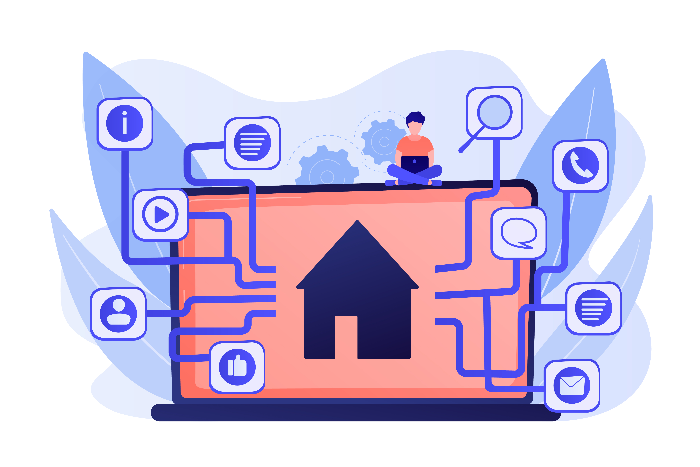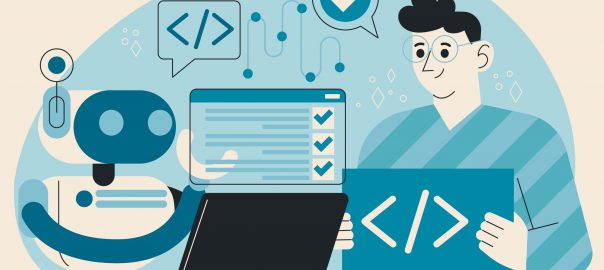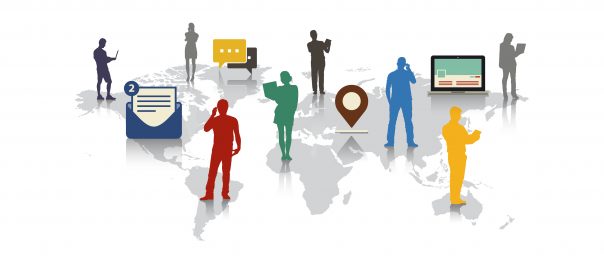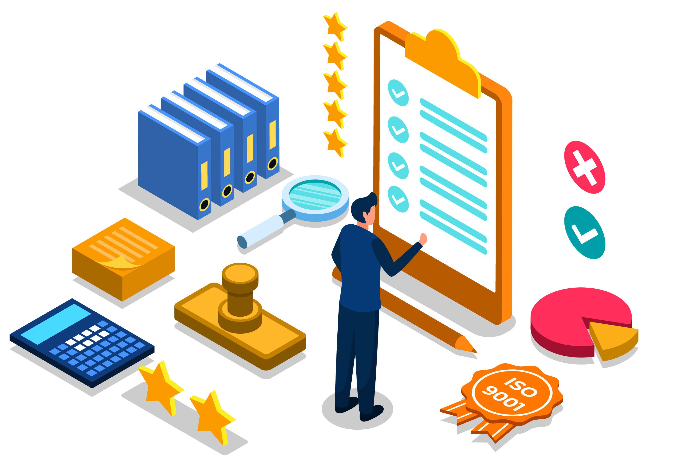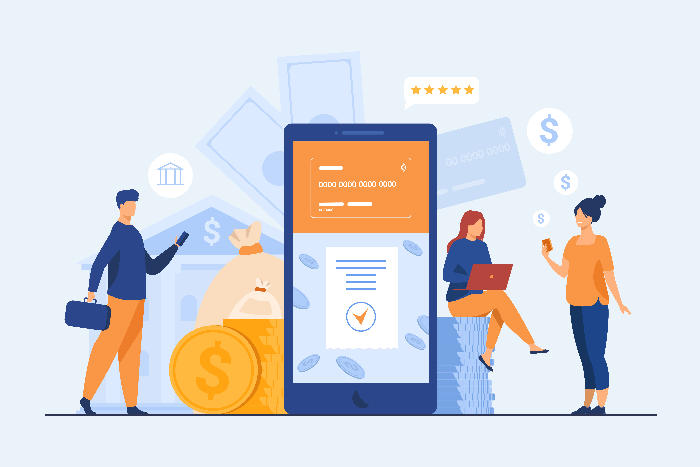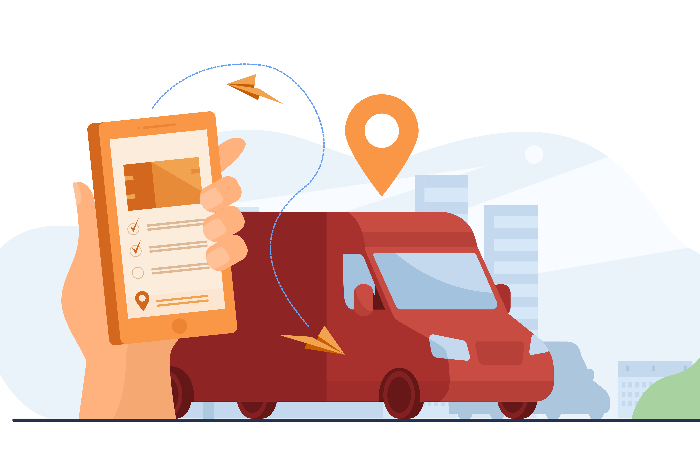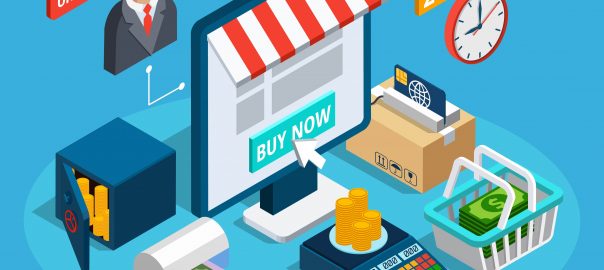Introduction: The Challenge of Seamless Content Delivery
In an era where digital content reigns supreme, the success of publishing websites hinges on their ability to deliver content seamlessly and swiftly to a diverse and demanding audience. Picture this: a potential reader eagerly navigates to your website, enticed by the promise of insightful articles, captivating videos, or breaking news. However, their excitement quickly dissipates as they encounter sluggish load times, frustrating delays in content delivery, and a less-than-optimal user experience. This scenario is not just hypothetical; it’s a common challenge faced by numerous publishing platforms striving to engage and retain their audience amidst the digital noise.
This critical issue is a fundamental obstacle to achieving sustainable traffic to the website. It’s not merely about delivering content; it’s about delivering it effectively, efficiently, and flawlessly to meet the expectations of today’s discerning users. This is where Content Delivery Networks (CDNs) emerge as a transformative solution, revolutionizing how content is accessed, experienced, and appreciated by audiences worldwide.
Understanding the Need for CDNs
CDNs manage a significant share of global internet traffic, addressing the most demanding aspects of content delivery online. Businesses of all sizes, from small and medium content providers to global enterprises, leverage the crucial benefits offered by CDNs to ensure a smooth and uninterrupted web experience for their users. Let us look at some of the scenarios where CDNs are being used:
- High-speed content delivery
Combining static and dynamic content delivery through CDNs enhances the global user experience, ensuring high performance across the entire website. For example, a prominent news provider faces the challenge of delivering timely news globally and utilizes a CDN service paired with cloud storage for efficient, cost-effective, and secure content distribution.
CDNs are crucial for real-time streaming, facilitating reliable and high-quality media delivery while addressing bandwidth, scalability, and latency challenges. An online video streaming platform, for instance, leverages CDNs to sustain smooth streaming for its expanding user base, handling substantial data loads seamlessly. Continue reading Importance of Content Delivery Networks (CDNs) →



